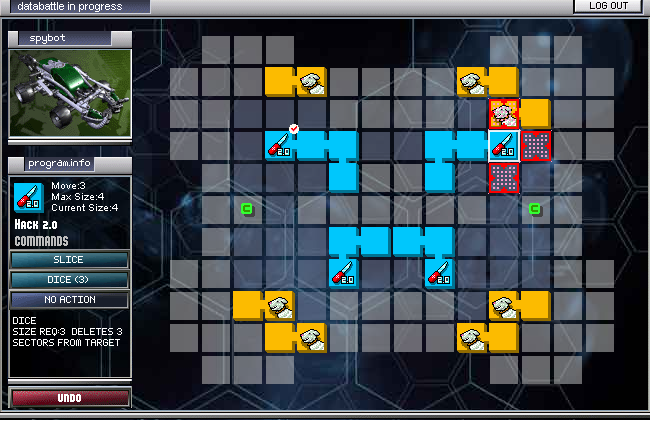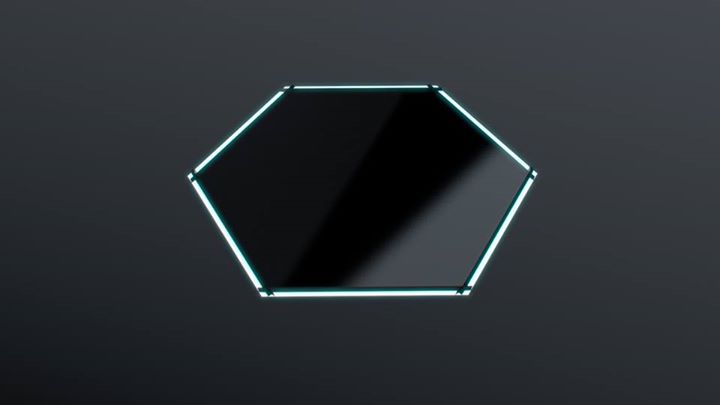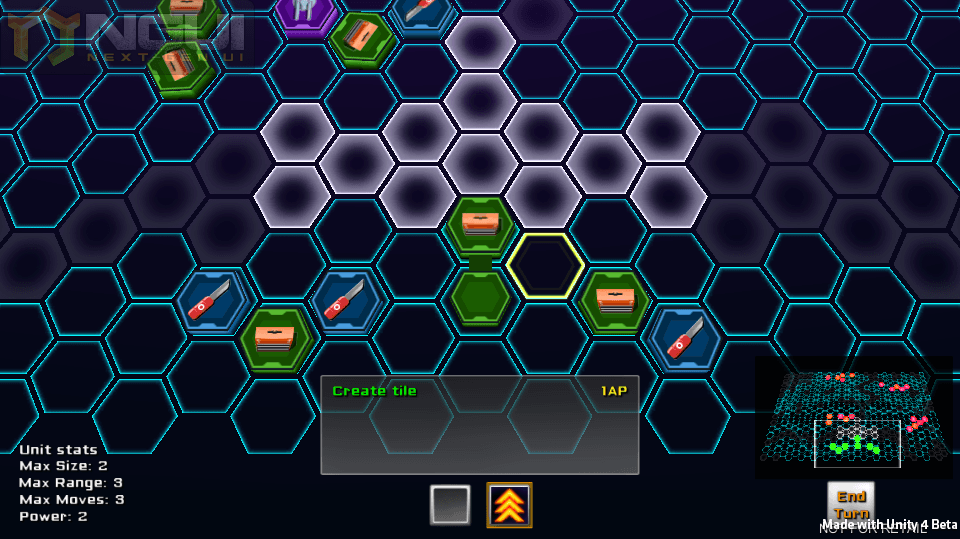Revisiting Cohack: Nightfall With A Dynamic Spawn System
Our ludum dare 30 entry, called Cohack, scored in the top 100 entries for the event.
Following the jam, I mentioned I would (slowly) keep working on the project, but I wasn’t able to live up to my words. In this post, I will describe the reasons why and ways to add new interest to the game itself.
Loss of Interest
Development didn’t totally cease following the jam. We added a basic working multiplayer functionality and a basic inventory system, but made little to no progress on the gameplay mechanics themselves. Honestly, nobody wanted to work on the game after the jam. The project files were a total mess when it came to organization (we crunched to meet the deadline on time), and as any programmer might know, opening a project and seeing files chaotically sorted is downright discouraging. No one wants to work with that.
Another reason is because the game mechanics themselves were stale. Spybot is a great gem of its time, with minimalist gameplay and a simple but consistent art direction that gives the player a proper sci-fi feel. A lot of time has passed since then, and a lot of great turn-based games have come out. Surprisingly, none of them have utilized or innovated upon Spybot‘s core mechanic of equating grid space to a unit’s health (and it’s the only gameplay mechanic I stubbornly refuse to change while thinking about the design of Cohack). However, Cohack bores me in its current state. Even if we added all the units in the original Spybot, I don’t believe keeping the exact same gameplay is enough to pique any modern gamer’s interest. Investing money into a game that will only satisfy the nostalgic Spybot fans just isn’t my idea of something worth my time. I believe this reason is largely why other attempts to revive Spybot have failed: Loss of interest in the game’s simple gameplay, coupled with an inability to be innovative while preserving the core mechanics.
Brainstorming: Dynamic Spawn
Spybot was in many ways a turn-based puzzle game where the player selects units based on enemy units already on the grid and then executes a strategy to wipe them out.

The current version of Cohack follows this exact same model, even if the inventory and spawning system we implemented is only rudimentary for now. However, for the sake of Cohack’s future, I believe this model must be abandoned in favor of a more stimulating model, which I will refer to as a dynamic spawn mechanic. Instead of all enemy units being visible on the grid at the start and allowing the player to pick which units to be spawned in order to best combat those units, we will spawn units for both parties dynamically. When a battle begins, the enemy will already have some units on the grid, but most important will be an enemy ‘Defense System’ unit that spawns enemy units every few turns. This Defense System unit will move and will be a high priority unit for the AI because losing it means no more reinforcements can be spawned.
The player’s situation will be similar, but different. Instead of placing masses of units at the start, the player will instead start the battle with an Access Point unit that can immediately spawn a combat unit on its first turn. However, to spawn another unit, more turns must elapse with the Access Point unit still remaining alive. The number of turns necessary before the Access Point can spawn an additional unit will vary based on the current number of player units in play.
The flow of a battle then changes from purely tactical to switching between the following:
- Defense. The player needs to keep the Access Point alive in the early stages in order to spawn enough units to complete the level. The player is likely to invest in either a high-range or utility unit at the very start in order to divert pressure from the Access Point unit.
- Offense. At this stage, the player has spawned several units and is now switching to a more aggressive role of wiping out enemy units. Should there be tactical blunders or if the player is ‘outsmarted’ by the AI, the player will shift back to Defense until more units can be spawned.
There’s also this interesting scenario: The player has lost its Access Point but the AI has lost its Defense System, so both forces are now required to tactically outplay the other.
Right now this is just brainstorming. There may be levels where the player can spawn several units quickly before the Access Point reverts to a cooldown-limited spawn system. There may even be levels where the AI starts with no units in play, making the battle more or less purely tactical. Either way, I am excited to try out this new system as I think it preserves what was good about Spybot while innovating on the core gameplay mechanics to be much more fun.
Cohack Rewrite
The Cohack project from the jam is a mess. I still have a copy of it, but right now it is not something I intend to work on. If anything, the game is being rewritten from scratch to be much more organized, much cleaner, and something I would actually want to open up and work on. We’re also changing the art style to be much more realistic and to emphasize contrast. Below are some screenshots of models showcasing this new style:

New grid tile

Seeker unit.
These are created by a new modeler we picked up since the jam, who does quite a bit of stunning metallic work: http://nickbot.carbonmade.com/
Let me know in the comments what you think about this new mechanic and if you have any other ideas that spice up the core gameplay itself.


